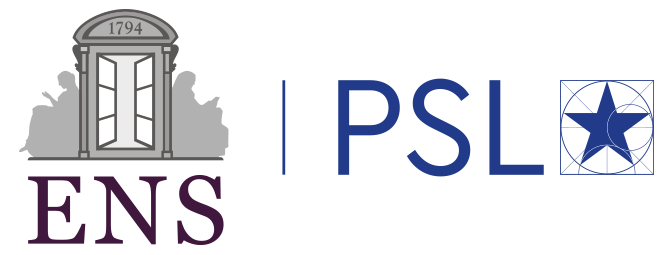Domaines
Relativity/Astrophysics/Cosmology
Type of internship
Théorique, numérique Description
One of the most significant challenges in cosmology is the difference in Hubble constant values resulting from different measurement methods. Gravitational waves (GWs) offer an independent approach to determine the Hubble constant and resolve this discrepancy. The key to employing GWs for cosmological purposes lies in the direct measurement of the source’s distance through GWs, which can then be combined with the redshift of the galaxy from which the GW originated. Even when the exact host galaxy cannot be identified, considering all possible host candidates allows for a reliable estimate. By aggregating numerous such estimates from various GW events, we can progressively approach a resolution of the Hubble tension. During the ongoing observation period of the GW detector network, we are already detecting sources at distances where our knowledge of galaxies may not be detailed enough to provide an accurate Hubble constant estimate. In this project, you will investigate the potential benefits of collaborating with astronomical telescopes to conduct spectroscopic observations, obtaining more precise redshift values for galaxies. You will learn how gravitational-wave cosmology works, what are the capabilities of state-of-the-art telescopes, how to combine GW data with EM observations, and how to work in a large international collaboration. Based on this study, a partnership between the global GW detector network and some of the world’s largest telescopes could be established.
Contact
Nicola Tamanini
